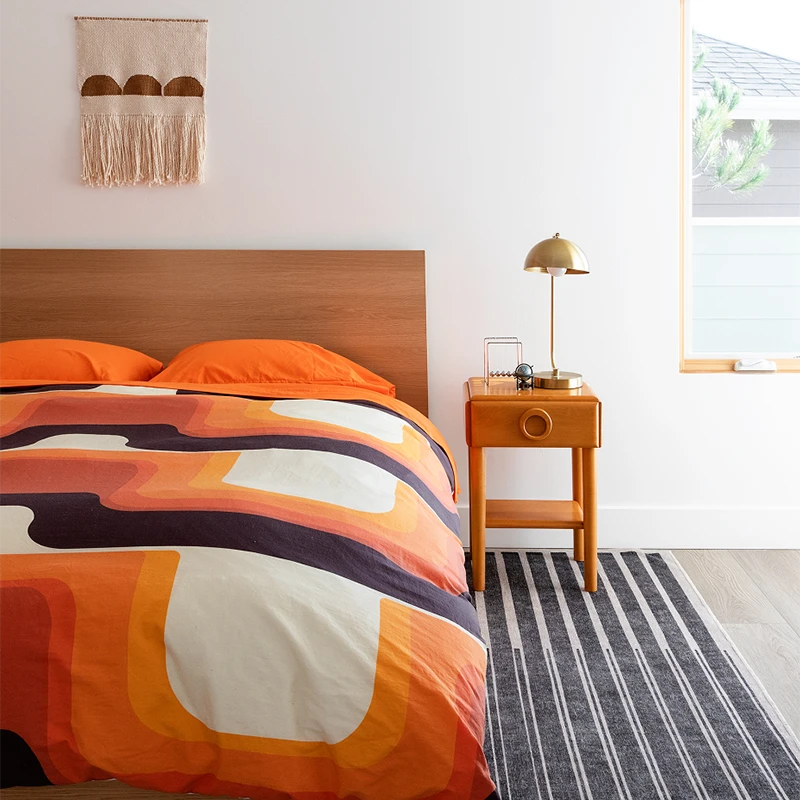Architecture and interiors should never exist as separate ideas. When they are conceived together, a home achieves a sense of unity that cannot be replicated through styling alone. At JN Tropea Design, we see the two as parts of the same conversation. The architecture sets the rhythm, and the interiors complete the melody. Each influences the other, shaping how space feels, functions, and responds to light.
Our process begins with the structure itself. We look at how a home meets the landscape, how light moves through each room, and how form can frame experience. Every architectural line has an interior implication. Window placement affects where a chair feels right. Ceiling height influences how a pendant hangs. These relationships create coherence and allow the design to feel effortless and natural.
Once the architectural framework is established, the interior details begin to unfold. Materials, finishes, and furnishings are chosen not as decoration but as extensions of the architecture. A limestone floor might continue outdoors to blur boundaries. A custom millwork line might echo a façade detail. When inside and outside speak the same language, the result is a quiet dialogue between form and feeling.
Collaboration plays an essential role throughout this process. We work with artisans, builders, and fabricators who understand the importance of precision and restraint. The smallest elements, such as the reveal of a cabinet edge or the alignment of a fixture, have a profound impact on the final experience. These details are what transform architecture into art and interiors into lived spaces.
Ultimately, integration is about creating harmony. It ensures that every layer of the home feels intentional, from its structure to its furnishings. When architecture and interiors evolve together, a space becomes more than a collection of rooms. It becomes an environment that supports the rhythms of daily life and reflects the quiet sophistication of those who inhabit it.
